UI/UX Expedition: 6 Trends in Navigating the Multifaceted Realm

Hello, fellow design fans!
Get ready for a journey into the dynamic world of UI and UX design. As we plunge deeper, our voyage will unveil a rich tapestry of captivating trends, challenges, and innovations that shape the diverse and modern digital experience.
Our exploration will take us through the AI dilemma, will delve into environmentally friendly design trends, and will later dissect the emergence of super apps. At the heart of our quest lies the crucial need for UI and UX designers to delicately balance design, sustainability, and user engagement in their work.
As we wrap up, we’ll take a look into the significance of micro-interactions and UI animations, highlighting their central roles in user interaction and aesthetic appeal.
Traversing the UI and UX design landscapes, we uncover not just the transformative potential of technology but also the undeniable importance of human creativity and empathy in crafting the digital narratives of tomorrow.
- The AI Dilemma: Friend or Foe?

In the exciting world of UI and UX design, one trend has been gaining both enthusiasm and concern — the relentless developments in AI. On one hand, the discourse surrounding AI’s potential to replace human designers has kept the space on tenterhooks. On the other, a more nuanced perspective focuses on AI’s undeniable contributions to the field.
While concerns over AI snatching jobs are valid, it’s essential to recognize that AI isn’t a replacement; it’s a tool that can amplify human capabilities. AI’s power lies in its ability to handle repetitive, data-driven tasks, freeing up designers to focus on the typically human elements of design — empathy, ethics, and creating experiences that resonate deeply with users.
There is a plethora of AI-driven solutions at the fingertips of UI and UX designers, greatly enhancing their creative and ideation processes.
- Text-to-Image Conversion: Where Words Shape Visuals
Enter Dall-E and Midjourney — tools that fuse language and art, enabling designers to generate images based on text prompts. These AI-powered visualisations open exciting avenues for creativity and expediting visual design iterations.
- Content Generation: A Language of Possibilities
Jasper, CopyAI, and ChatGPT are leading the charge in generating text content from prompts. These AI companions craft emails, marketing materials, and copy for wireframes, breathing life into design drafts. It’s like collaborating with a writing partner, enhancing productivity, and ensuring the right message resonates with users.
- Redefining Video Editing with Descript
Descript takes AI’s role a step further by revolutionising video editing. This tool can fill video gaps based on input, even utilising audio recordings to weave missing segments seamlessly.
AI’s Impact on UX Designers
Addressing the question of AI’s future impact on UX designers, a balanced perspective emerges. The rise of AI tools may redefine certain tasks, making routine processes more efficient. However, the realm of human creativity, understanding user psychology, and crafting experiences that foster genuine connections remains distinctively human.
- Planet-Centric Design: Balancing User Needs and Planetary Impact
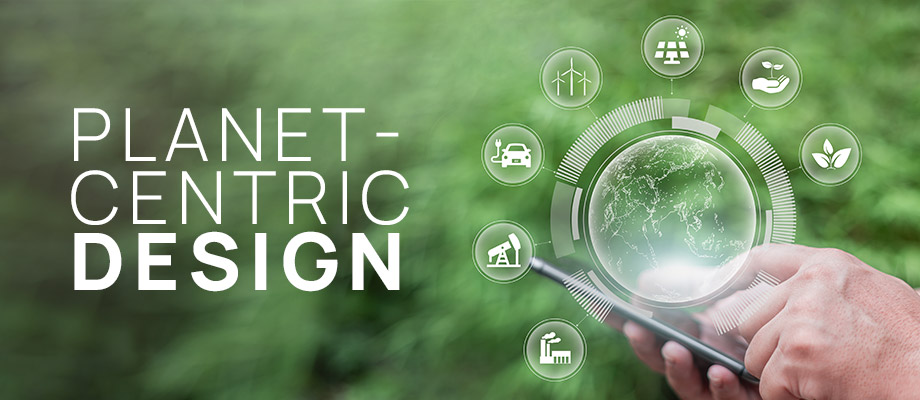
Embracing an environmentally conscious and sustainable approach entails meeting our current needs as a society while making sure that future generations will have the ability to fulfil their own. The pursuit of sustainability is essential not simply for preventing environmental decline but rather for maintaining and improving the quality of life across ecological, societal, and economic spheres.
Why is Planet-Centric Design?
The planet-centric design focuses on the realisation that we are not only designing digital experiences but also that our work, as UI and UX designers, has an impact in the real world. For example, when someone uses an app to order a taxi, they get on an actual vehicle driving through the streets, having an effect on the environment and the city’s infrastructure. Furthermore, even though our products and services are digital, they still require tangible resources and energy to sustain the operation of various apps and websites.
This is why more and more UI and UX designers are becoming aware of the impact of their work on the planet. We are starting to understand that they should design responsibly, in a way that doesn’t harm the Earth, just like we design to avoid hurting people.
-> Effective design considers what’s desirable, viable, and feasible
-> Planet-centric design goes beyond this concept. It focuses on the idea that design should also consider the bigger picture, being systematic, transparent, and responsible. Designers need to take responsibility for what they create. Through our work, we can shape how people act and influence their interaction with our planet.
Planet-centric design helps designers zoom out from user-centric priorities and zoom in on what is vital to our planet.
We have our fingers crossed that it won’t be just a temporary trend but something that will really shape the UI and UX industry in the coming years.
- The Rise of Super Apps: Shaping the Future of User Experience
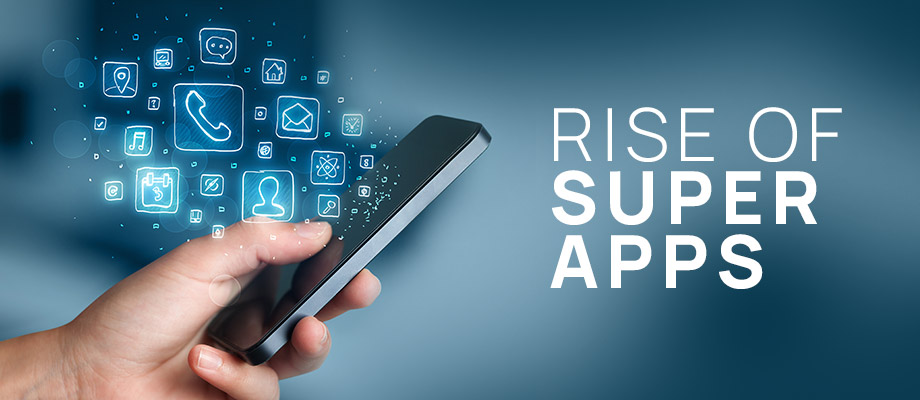
Behold the Super apps – the next iteration in the world of mobile applications.
Unlike conventional apps that have single-use purposes, super apps offer a collection of services into one platform. This trend is gaining significant momentum worldwide, particularly in regions like Asia where millions are embracing their convenience.
The users of WeChat, a Chinese instant messaging super app, can also pay their bills, share photos, make video calls, and play games. The app even has a proprietary payment system. Similarly, Gojek from Indonesia bundles approximately 20 distinct products and services within its single app.
For UI and UX designers, the surge of super apps presents both a challenge and an opportunity. Truth be told, integrating diverse services and at the same time crafting a smooth and seamless user experience requires much more work and a complex set of skills. Yet, super apps empower designers to create truly personalised experiences allowing users to tailor services that align with their unique needs, starting in a new era of customization. Last but not least, for businesses, super apps mean consolidation of their offerings within a single ecosystem, appealing to users seeking convenience and adaptability.
- Sidebars: Organising the Growing Complexity
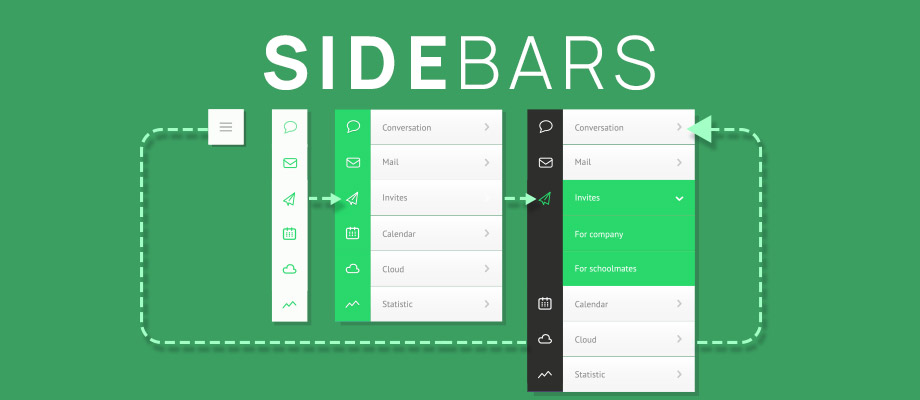
As tech companies expand and their products offer more features, managing complexity becomes paramount. While mobile apps are embracing integrated solutions like the super app, web platforms are taking a different course. Here sidebars come at hand! The integration of sidebars has become an essential facet of modern UI and UX design. Their purpose is clear: to streamline navigation across various sections and features.
By incorporating sidebars into the UI and UX design of web platforms, tech companies are able to present an organised and easily navigable interface. This not only enhances user satisfaction but also aligns with the demands of an increasingly digital world.
- Elevating User Engagement with Micro-Interactions
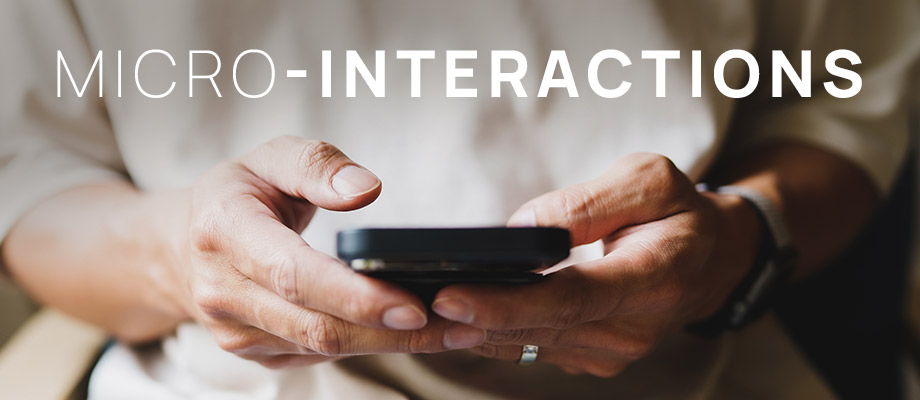
Micro-interactions are highly likely to remain a focal point of UX research, aiming to enhance human-computer interaction beyond beautiful design. These interactions, even though often addressed during the later stages of a project, rely on a deep understanding of process flows, user triggers, and resulting system feedback. Delving deeper into user psychology, mental mapping, and insights from physical products could uncover new and even unexpected ways for finely crafted and more intuitive system responses.
Furthermore, advanced micro-interactions such as touchless controls and gestures are also gaining popularity, signalling an undeniable shift in how user experiences are crafted across various software applications. Instagram’s ‘Like’ button and Twitter’s ‘Retweet’ option serve as excellent examples.
- Crafting Dynamic Experiences: The Rise of UI Animations
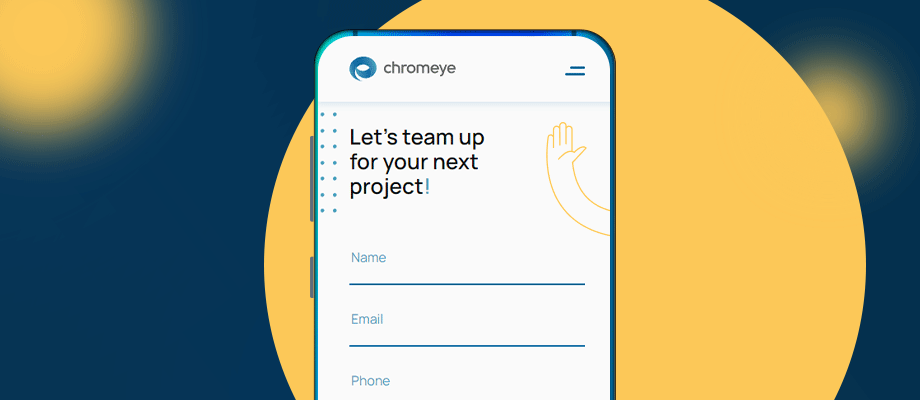
In recent times, the realm of UI and UX design has witnessed a remarkable surge in the popularity of UI animations. These dynamic elements have the potential to significantly improve the user experience by going beyond the confinement of static graphics. The world of UI and UX design is possibly set to witness an even greater inflow of animations. Most likely, their presence will be felt not only within user interfaces but also in product promotions.
This trend isn’t just about aesthetics. It’s about creating an immersive interaction for mobile apps to effectively communicate with users, skipping the conventional use of modals and banners. With UI animations taking centre stage, designers are empowered to craft captivating narratives that guide users through their digital journey, while ensuring a visually engaging and interactive experience. Iconscout’s Lottie animations have become a famous example of this trend.
These are only a handful of the trends shaping the future of UI and UX design. Chances are that things will get even more exciting with technological advancement and the shift in user needs. What do you think – what lies beyond the horizon?
If you have not figured it out yet, we invite you to join us as we chart the uncharted and design the digital futures of tomorrow.

